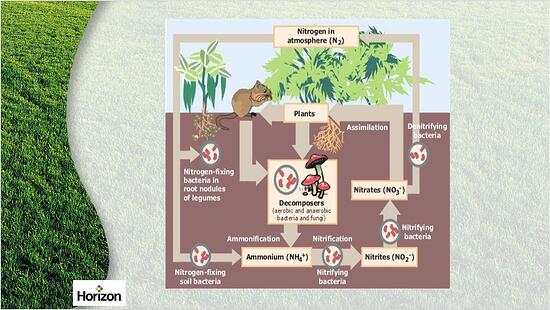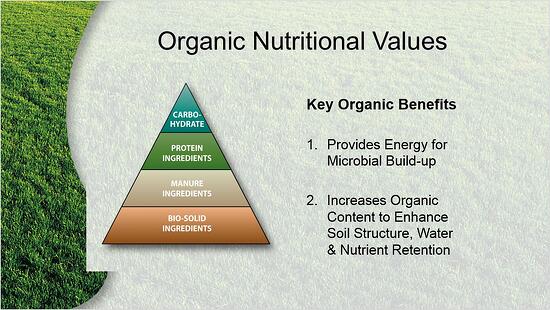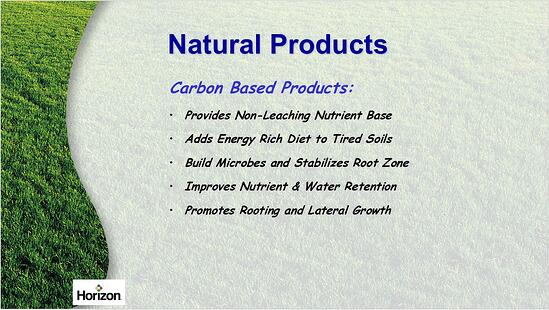 A smart water controller is an essential part of an water efficient irrigation system, but its impact is limited when the rest of the system isn't operating efficiently. When you're installing a new system, it's easier to incorporate complementary water saving techologies and create an efficient system. But when you're working with an existing system, the idea is to make simple adjustments that can have an immediate impact on your customer's water bill.
A smart water controller is an essential part of an water efficient irrigation system, but its impact is limited when the rest of the system isn't operating efficiently. When you're installing a new system, it's easier to incorporate complementary water saving techologies and create an efficient system. But when you're working with an existing system, the idea is to make simple adjustments that can have an immediate impact on your customer's water bill.
Water conservation is a huge trend in our industry, but it wasn't always that way. There are currently millions of irrigation systems in use across the US that were designed to keep turf and plants green and healthy, but they weren't designed to conserve water. Retrofitting these systems is a huge opportunity and many manufacturers offer smart water components that can be used alongside their older technology.
In this article, we're going to look at 4 different ways to immediately improve the water efficiency of a system that already has a smart water controller and uses Rain Bird 1800 Series sprays for distribution. Rain Bird 1800s have been a leading industry solution for 3 decades and can be found in a variety of residential and commercial settings. If you're having problems with dry spots, run-off, or need to improve water efficiency, there are a number of changes you can make without pulling out the shovel.
#1 Pressure Regulation
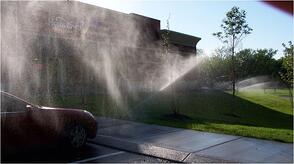 You can have the right controller and the right spray body, but if the system pressure is too high for your spray nozzle, you'll end up wasting a lot of water. Usually you'll see this in the form of fogging or misting, which atomizes the water and blows it onto sidewalks and hardscapes, greatly reducing the distribution uniformity of the nozzle. When the distribution uniformity of your sprays drops, you have to run the system longer to avoid dry spots.
You can have the right controller and the right spray body, but if the system pressure is too high for your spray nozzle, you'll end up wasting a lot of water. Usually you'll see this in the form of fogging or misting, which atomizes the water and blows it onto sidewalks and hardscapes, greatly reducing the distribution uniformity of the nozzle. When the distribution uniformity of your sprays drops, you have to run the system longer to avoid dry spots.
The optimal psi for most fixed arc spray nozzles is 30 psi. For rotary nozzles, it's generally 45 psi. Check the manufacturer's specs to find the optimum pressure for the type of nozzle you're using and then check the pressure of the system. When the pressure is too high for your nozzle, you need to pressure regulate.
According to Bernouli's equation, every 5-psi reduction in pressure reduces water usage by 6-8%. This means a 70 psi system reduced to the recommended 30 psi can result in more than 50% in water savings. There are 4 main ways to regulate pressure in a system utilizing Rain Bird components:
- Get a pressure regulator for the entire system.
- Build a pressure regulator into the control valve.
- Install a Rain Bird PRS-Dial at the valve.
- Retrofit the existing Rain Bird 1800 spray bodies with P30 (for fixed arc nozzles) or P45 (for rotary nozzles) Pressure Regulating Spray Heads.
#2 Stop Low Head Drainage
 If you're working on a property that has sloped surfaces and you see water seeping out some of the heads, you likely have low head drainage. With low head drainage, every bit of water from the valve to the low head will be wasted every time the water is shut off, which is even more problematic if you're cycle and soaking.
If you're working on a property that has sloped surfaces and you see water seeping out some of the heads, you likely have low head drainage. With low head drainage, every bit of water from the valve to the low head will be wasted every time the water is shut off, which is even more problematic if you're cycle and soaking.
There's two quick fixes for stopping low head drainage in Rain Bird 1800s:
- Put an under-the-head check valve in the spray body.
- Retrofit the spray with a head that has a built-in Seal-A-Matic (SAM) check valve. You'll want to use 1800 SAM heads when the system is already operating at optimum pressure and 1800 SAM-PRS when you need both a check valve and pressure regulation.
#3 Use High Efficiency Nozzles
Getting higher distribution uniformity (DU) is very important if you want to reduce run times and the amount of water you're using. You want the entire area to receive the amount of water it needs to maintain green lawns and colorful plants. No more, no less. The more uniform the water distribution, the shorter the run time will be for the driest spot.
If you're having trouble with wind conditions, run-off, dry spots, or just want to save your customer water, you can retrofit 1800 sprays with a high efficiency nozzle like Rain Bird's HE-VAN and R-VAN Nozzles.
HE-VANs are Rain Bird's high efficiency variable arc nozzles. Because they adjust from 0˚ to 360˚, you can simplify the inventory you carry in your truck and HE-VAN's lower trajectory and larger droplets resist wind so the water lands exactly where you want it. He-Vans have a DU of over 70%, which allows you to save water and deliver healthier turf, while shortening run times by up to 35% compared to traditional VANs.
R-VANs are Rain Bird's high efficiency rotary nozzles. Reaching a distance of 13-24', R-VANs are a great retrofit for poorly designed sprinkler systems where spray heads were spaced too far apart or the pipes are too small. Compared to spray arc nozzles, they can achieve a greater radius while using less water. Retrofitting standard spray nozzles with R-VANs can reduce flow by up to 60% and improve water efficiency by up to 30%. Nozzle spray pattern and distance can easily adjusted by hand. No tools required.
4. Plan for Overlap
Are you seeing brown spots around your spray heads? That's an indication that you're not getting good head-to-head coverage.
While it's important to know the manufacturer's catalog numbers, you shouldn't rely on them 100%. The important thing to remember is that those numbers were created in a laboratory under perfect conditions. Things change when you get out in the field.
Give yourself some overlap. The IA recommends a foot overlap, but that might still be a little close. If you're working with a system with 12' spacing, use 15' nozzles and then adjust the distance down.


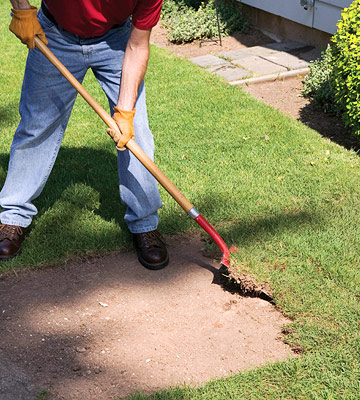 With drought becoming a common topic in the news, water restrictions becoming more commonplace, and cash for grass programs paying property owners to pull up their lawns, it's important to be prepared when customers ask you to remove their turf.
With drought becoming a common topic in the news, water restrictions becoming more commonplace, and cash for grass programs paying property owners to pull up their lawns, it's important to be prepared when customers ask you to remove their turf.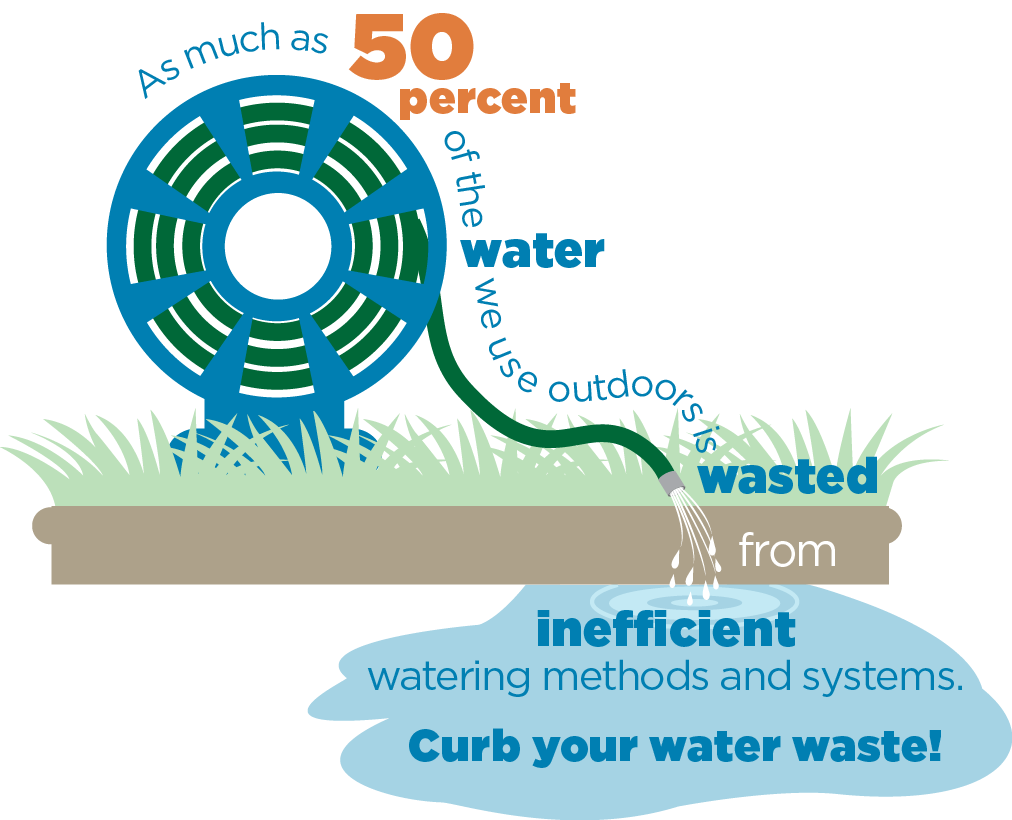
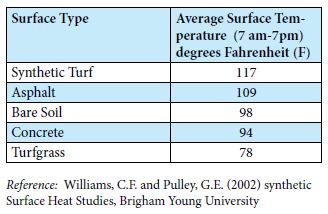
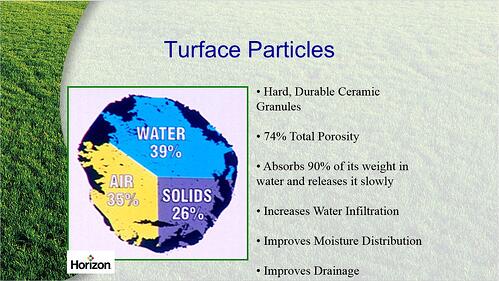
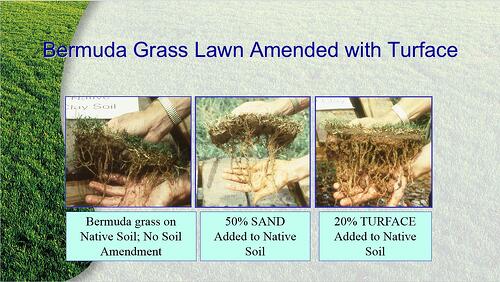
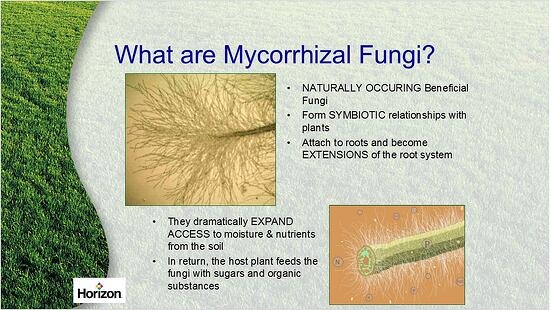
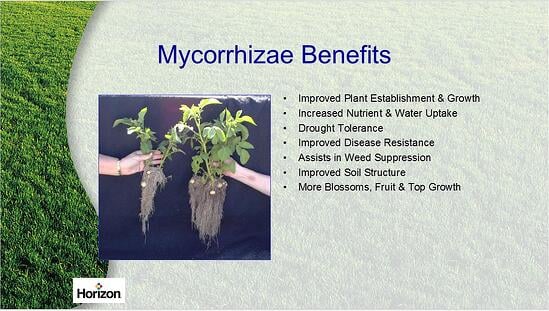
 Want green, healthy turf in the spring? Then you must fertilize correctly in the fall!
Want green, healthy turf in the spring? Then you must fertilize correctly in the fall!

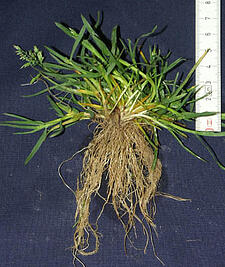 Poa annua (annual ryegrass) is light green, with flattened stems and boat-shaped leaf tips. It's fairly weak, has a shallow root system, and grows well in moist areas with full sun. Poa also does well in semi-shaded conditions.
Poa annua (annual ryegrass) is light green, with flattened stems and boat-shaped leaf tips. It's fairly weak, has a shallow root system, and grows well in moist areas with full sun. Poa also does well in semi-shaded conditions.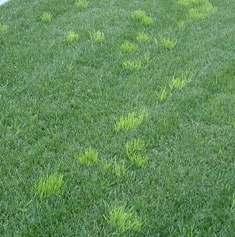 Applying a pre-emergent herbicide is the most effective way to control poa annua and many other annual weeds. Pre-emergent creates a barrier BELOW the surface so sprouting seeds cannot push their way up.
Applying a pre-emergent herbicide is the most effective way to control poa annua and many other annual weeds. Pre-emergent creates a barrier BELOW the surface so sprouting seeds cannot push their way up.